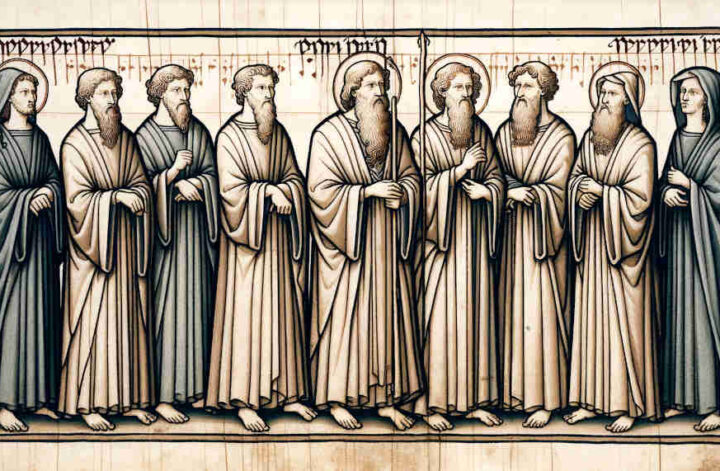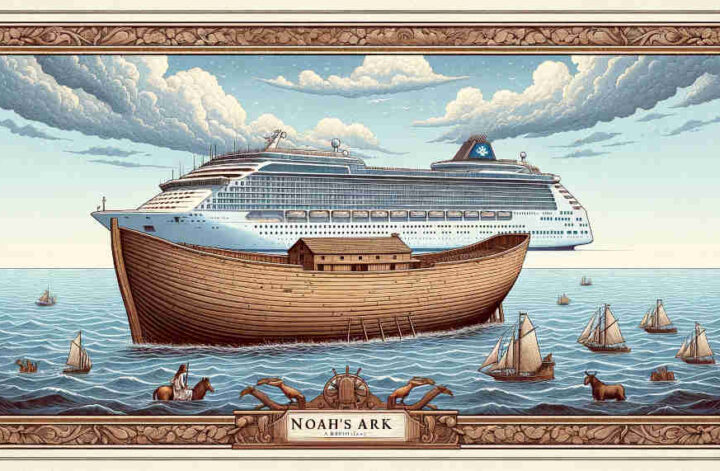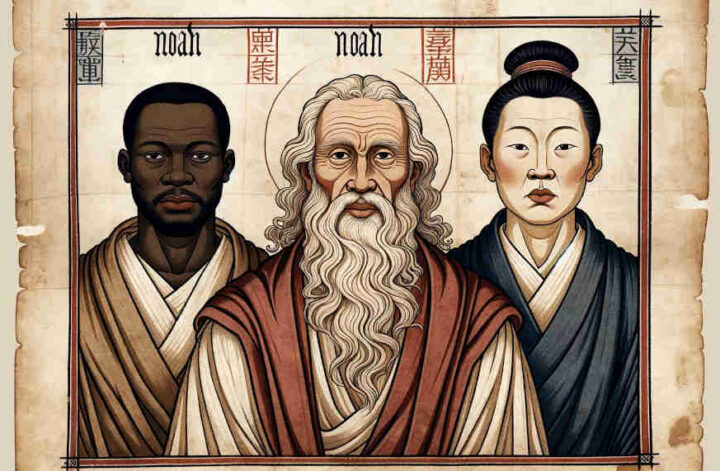Email from a reader: “Dear Rabbi Joshua, I’ve been reading the Torah and am curious about Noah’s family. Specifically, how many sons did Noah have according to the Torah? Thank you, David Parker”
Dear David,
Your question takes us to the heart of one of the Torah’s pivotal narratives—the story of Noah and the Great Flood. Let’s explore the details regarding Noah’s sons as presented in the Torah.
Noah’s Sons in the Torah:
According to the Torah, Noah had three sons. Their names were Shem, Ham, and Japheth. This information is clearly stated in the Book of Genesis, the first book of the Torah.
Biblical References:
The Torah mentions Noah’s sons in several passages:
- Genesis 6:10 (ספר בְּרֵאשִׁית פרק ו פסוק י): “And Noah begot three sons: Shem, Ham, and Japheth.” This verse introduces Noah’s sons for the first time.
- Genesis 7:13: “On the very same day Noah, and Shem, and Ham, and Japheth, the sons of Noah, and Noah’s wife, and the three wives of his sons with them, entered into the ark.” This passage describes the moment when Noah’s family entered the ark.
Significance of Noah’s Sons:
The significance of Noah’s sons extends beyond their immediate role in the story of the flood. They are also central figures in the Torah’s genealogical records, which trace the lineage of various peoples and nations back to these three brothers.
For instance, in post-flood narratives, the Torah describes how the earth was repopulated and divided among Noah’s sons and their descendants, forming the basis for many of the nations known in the ancient world.
Symbolic and Theological Importance:
In Jewish thought, Noah’s sons symbolize more than just historical figures; they represent the spread of humanity and the diversity of nations after the flood. Their story is integral to understanding humanity’s shared origins and the development of different cultures and societies.
David, the story of Noah and his sons is a cornerstone in the Torah, providing essential insights into the early chapters of human history and the spread of nations. Their mention in the Torah goes beyond mere genealogy; it speaks to the themes of survival, continuity, and the dispersion of peoples across the earth.
Warm regards,
Rabbi Joshua


